CONSTRUCTION EQUIPMENT: The BACKBONE of ROAD BUILDING & FUTURE Needs

Construction is a business sector that relies primarily on high utilization of machinery & equipment. To function any project in smooth manner it is essential that an engineer should have a detailed knowledge about the equipment available and to direct it on a particular task. The overall progress of the project depends upon how fast the work is carried out. Hence it becomes a necessity to select the equipment by considering all aspects of working conditions of site. India’s construction sector is developing at a fast rate and every year the budget allocation for road infra sector is increasing. One of the reasons for this high growth is the number of new construction projects underway. The major share of capital and equipment intensive operation goes to the road sector and the hydro – electric power projects. And it is important to note that 60-70% of road construction cost goes to the investment, rent and running cost of construction equipment. This gives construction equipment management a very special place in determining the development of the sector and the nation as a whole. Roads play a major role in the economic development of a nation. In fact, the economic strength of a country is visible through the roads. As India steps in a new era of development, the demand for seamless connectivity and advanced road networks is at an all-time high. To realize the dream of being recognized as a developed nation, the Indian government is working on implementing several road-infrastructure development projects across the country. India’s infrastructure dreams, be it projects undertaken by the government to provide last mile connectivity or be it achieving decarbonisation in road construction, would require the use of best-in-class machinery to be accomplished.
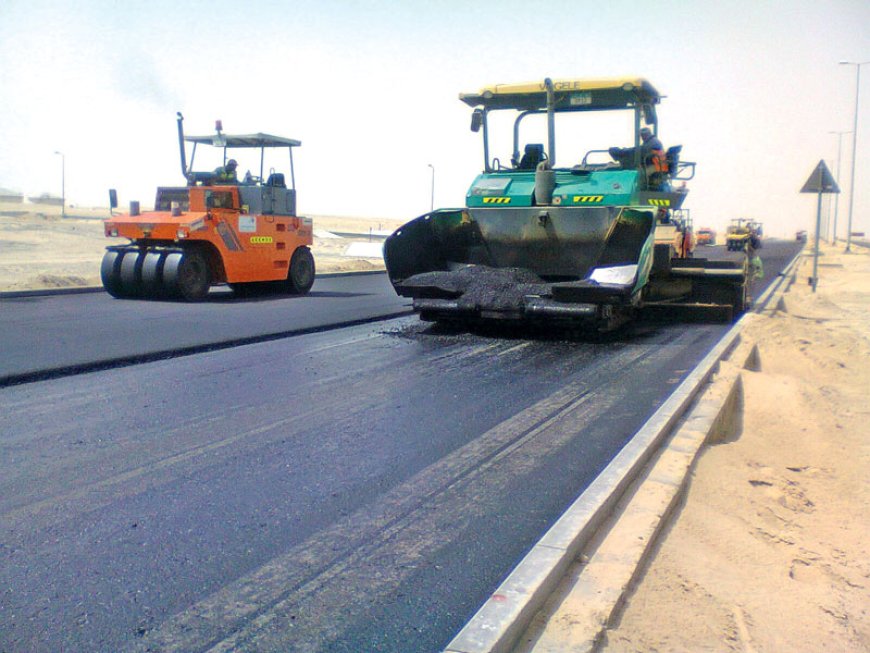
Road construction is a complex process that involves various stages such as earthwork, paving, and finishing. Each stage requires specialized equipment to ensure efficiency, safety, and quality. Earthmoving Equipment like Bulldozers, Excavators, Backhoes, Graders are required in the initial stages to prepare the surface for road construction activities. Crushing and Screening Equipment are required for aggregates. Material Handling Equipment are required for hassle-free and efficient movement of the materials. Variety of paving and Compaction Equipment are deployed on site to create stable and even surface. The choice of road rollers is made on the basis of the type of the pavement layer that has to be compacted, also what compaction level has to be achieved. Padfoot Rollers are used generally for compaction of cohesive soils, Smooth Wheeled Rollers are used for final rolling and finishing whereas Vibratory Rollers are used for deep compaction using vibration. To remove the top layer of asphalt or concrete from the existing road surface milling machines are used to prepare the surface for repaving or repair. Soil Stabilizers/Reclaimers are used to carry out pavement stabilization works by mixing the binding agents (like cement or lime) into the soil to improve its stability and load-bearing capacity. Concrete mixing equipment and hot mix plants are put up to produce the mixes required for paving. Apart from the mainline equipment, auxiliary equipment like water trucks to spray water, bitumen distributors for spraying bitumen and power brooms are required to Clean the road surface of debris and dust before and after paving operations.
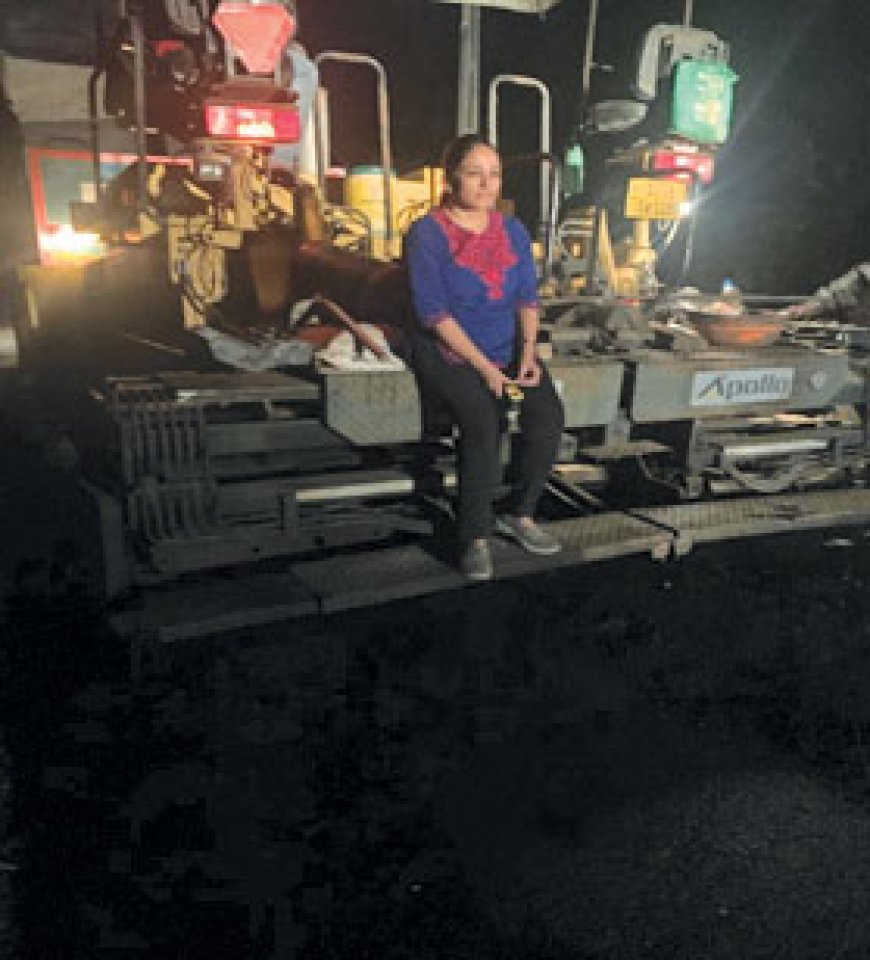
Road construction sector is a significant driver of demand for construction materials and equipment that have a substantial carbon footprint. The road infrastructure sector in India is on boom and so is the concern to make this sector environment friendly and more sustainable. Along with speed of construction India has a target of reducing carbon emissions during road construction to achieve its net zero targets. Globally, road transportation accounts for about 20 percent of total CO2 emissions and 74 percent of total transportation emissions. As per the Global status report of UN environment programme for Building & Construction the carbon emission profile of different construction activities is as shown in Figure 4. Net zero construction will require decarbonisation of all these four activities. By altering the raw materials alone, only small percentage of emission reduction can be achieved. To achieve net zero, it requires improvisation in the processes and machinery.
In April 2024, National Asphalt Pavement Association released a report “The Carbon Footprint of Asphalt Pavements: A Reference Document for Decarbonization”, the report states that an asphalt mix with 50% RAP (recycled asphalt pavement) material usage can reduce carbon emissions by 29%. Using RAP decreases the need for new asphalt and aggregates, reducing the environmental impact associated with the extraction and processing of raw materials. Producing asphalt from RAP requires significantly less energy compared to producing asphalt from virgin materials. The energy savings come from reduced heating and processing needs. The reduction in energy consumption directly correlates with lower CO2 emissions. Using RAP from existing roads or nearby projects reduces the need for transporting virgin materials over long distances, further cutting down the emissions.
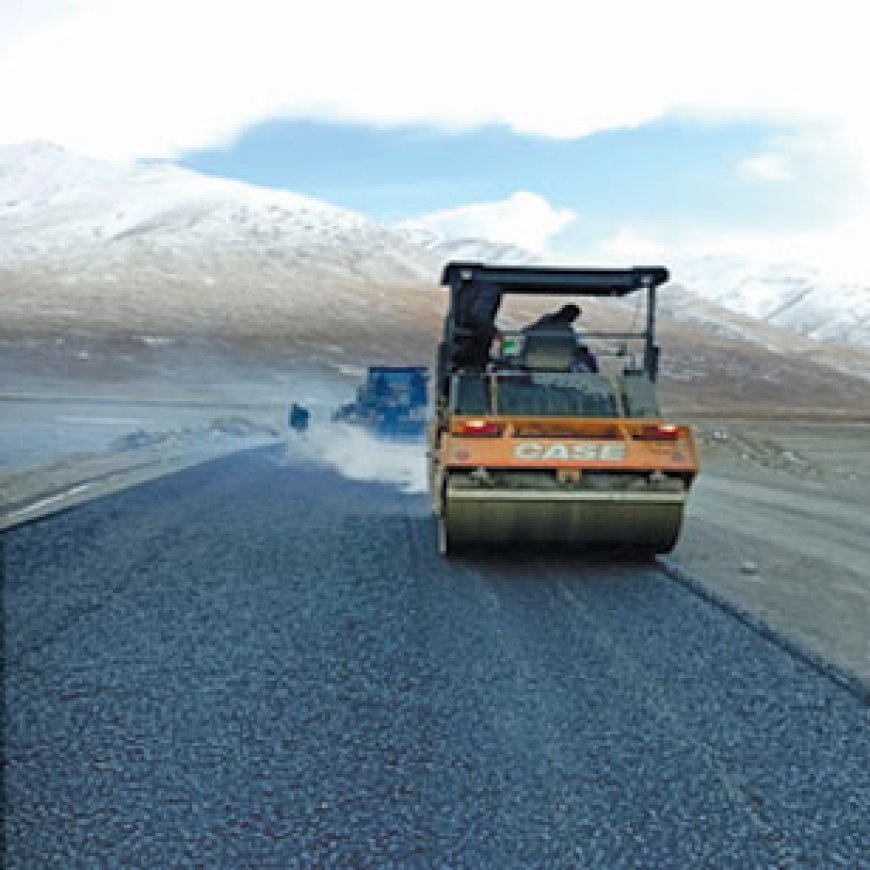
Enhanced Precision and Quality
Autonomous Pavers and Rollers: These machines use GPS and sensors to ensure precise laying and compaction of asphalt. The result is a more uniform and higher-quality road surface with fewer defects and a longer lifespan.
3D Paving Control Systems: These systems guide pavers based on 3D design models, ensuring accurate adherence to specifications and reducing the need for rework.
Increased Efficiency and Productivity
Telematics and IoT Integration: Connected equipment provides real-time data on machine performance, location, and usage. This allows for better fleet management, optimized usage, and reduced downtime due to predictive maintenance.
Intelligent Compaction: Uses sensors and real-time data to adjust compaction processes dynamically, ensuring optimal density and reducing the number of passes needed.
Dynamic Compaction Monitoring: Provides continuous feedback on soil and asphalt conditions, improving the effectiveness of compaction efforts.
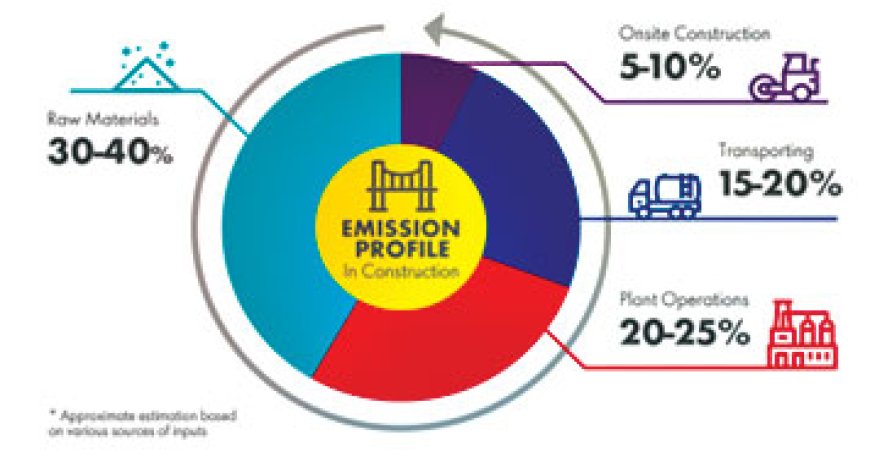
Safety Improvements
Remote-Controlled and Autonomous Equipment: Enhances worker safety by allowing operators to control machinery from a safe distance or eliminating the need for human operators in hazardous environments.
Wearable Technology: Smart helmets and vests equipped with sensors monitor workers’ health and environmental conditions, providing alerts in case of dangerous situations.
Cost Savings
Predictive Maintenance: AI-driven predictive maintenance reduces unexpected equipment breakdowns and maintenance costs by identifying issues before they become serious problems.
Optimized Resource Allocation: Advanced scheduling and resource management tools minimize waste and ensure that resources are used efficiently, reducing overall project costs.
Improved Planning & Design
Building Information Modeling (BIM): Integrating BIM with construction equipment allows for better planning and simulation, ensuring that designs are accurately translated into the physical world. This leads to fewer errors and less rework.
Augmented Reality (AR) and Virtual Reality (VR): These technologies help visualize projects in the planning stages, improving design accuracy and stakeholder communication.
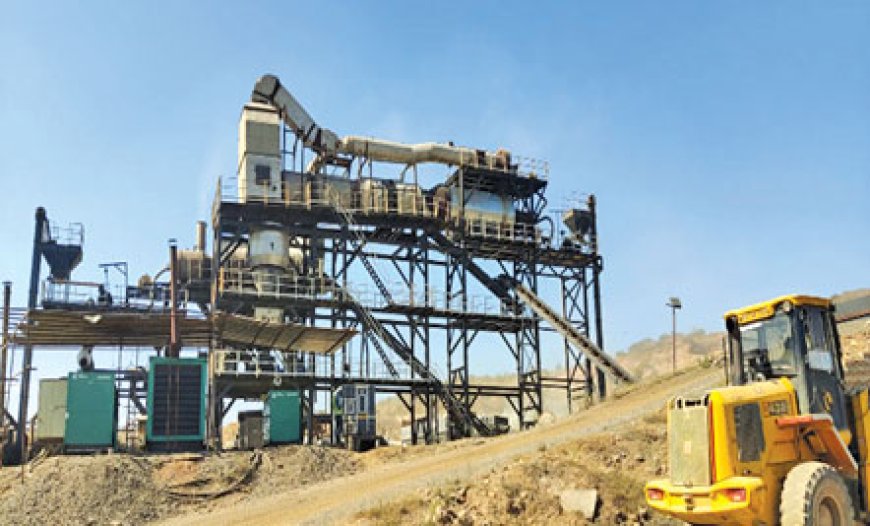
Speed and Flexibility
Rapid Deployment: Technologies like 3D printing can produce necessary components on-site, speeding up the construction process.
Modular Construction Techniques: Prefabricated asphalt panels and other modular elements can be quickly assembled on-site, reducing construction time and disruption.
Data-Driven Decision Making
Advanced Analytics: Data collected from connected equipment can be analyzed to improve decision-making, optimize processes, and enhance overall project management.
AI and Machine Learning: These technologies can analyze vast amounts of data to identify patterns and insights that can improve efficiency, predict future needs, and optimize resource allocation.
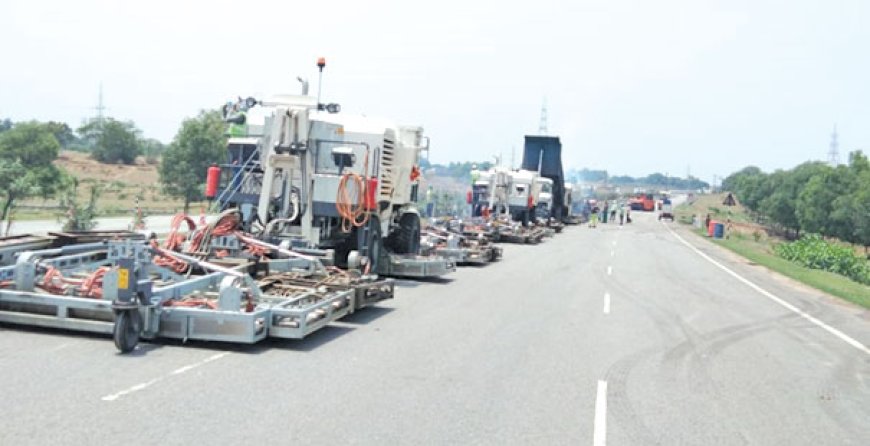
Electric and Hybrid Machinery
Electric Pavers and Rollers: These reduce emissions and noise pollution, making them ideal for urban construction projects.
Hybrid Equipment: Combines diesel engines with electric power, offering improved fuel efficiency and reduced environmental impact.
By integrating cutting-edge technologies, the construction process becomes more streamlined, cost-effective, and environmentally friendly, leading to better-quality roads and improved infrastructure.

Dr. Ambika Behl








